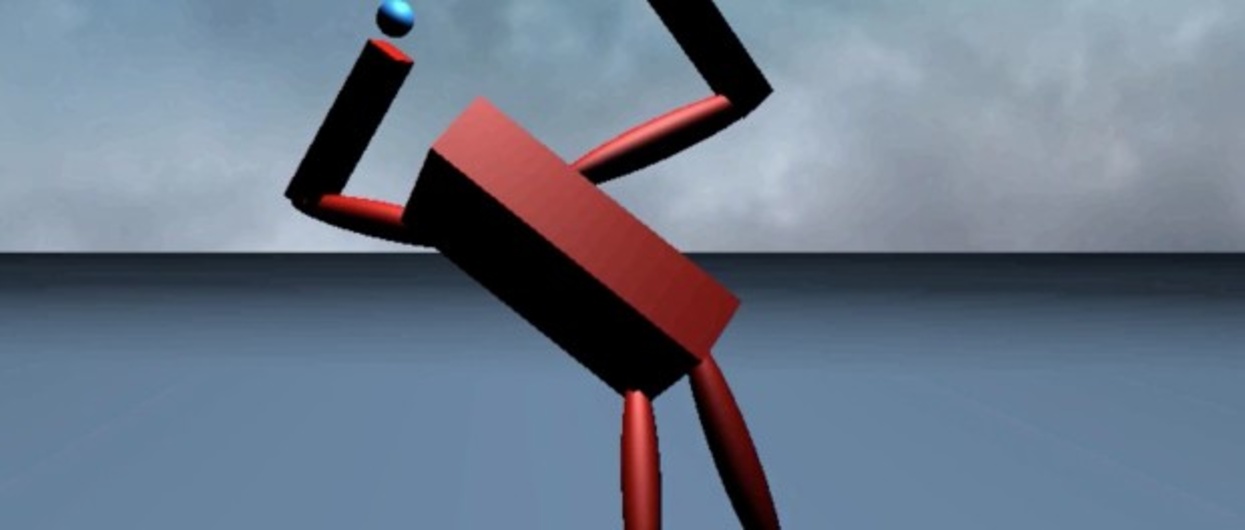Announcing the Lyman 2017 Fellowship Recipients

BCNM is excited to announce Ritwik Banjeri as this year’s Lyman fellow and Renée Pastel as the Fellowship’s runner-up.
Ritwik Banerji’s project — “An Astromusicological Study of the Maxineans” — focuses on the creation of a range of interactive virtual worlds and characters built for musicians to navigate through or play with by manipulating the timbre of their instrument or voice in real time. Deploying a game-like approach to musical composition and pedagogy, this project creates tasks for musicians to train them to control specific features of their sound. For example, a given module may as a player to control the spectral centroid of their playing in order to navigate a virtual 3D landscape (possibly while also dodging obstacles!) Or, a player may be asked to control the tone-to-noise ratio of their playing in order to communicate with a virtual musical creature whose every move responds to the sonic details of the human player.
Far beyond simply expanding the concept of a “musical videogame”, this project creates a means for composers, pedagogues, anthropologists, and theorists of music to examine the interrelationships of timbre, motion, space, architecture, cognition, and perception. First and foremost, the project addresses the longstanding issue in contemporary music of how one should notate timbre such that performers will understand what to do with the same intersubjective coherence of Western staff notation. This is achieved very simply through a game-like means: one knows whether the wrong sonority has been produced because one “falls” off of a narrow plank or “bumps” into a wall in a virtual space.
Beyond the application in music notation, the project also explores the deep relationship between musical sound and its conceptualization through a variety of spatial and kinetic metaphors over centuries by asking: if music is so often described in terms of space and motion, then what do musical spaces look like and how would it feel to navigate them? More playfully, this project imagines the design of these virtual worlds and characters as an astromusicological encounter with the Maxineans, wise extraterrestrial musicians who live in a distant region of space in which a spirit known as Maxine has corrupted local physics and decreed that all sound is motion. As one may observe here, the Maxineans teach us much about musical reality, mentoring us in the navigation of space through sound and how to let sound flow into our bodies first and then let this embodied flux be the guide of our musical cognition and creativity.
Ritwik received $6,000 for his project.
Renée Pastel’s dissertation project focuses on how media representations of the “War on Terror” reflect the fragmented nature of contemporary visual culture. Through a broad consideration of the circulation and differentiation of images among media forms (film, television, online video), Renée will theorize how images create a meaningful chronicle of the continuing conflicts for the homefront. Ultimately, this dissertation will argue that what is new in media representations of the “War on Terror” is a question of scale and perspective: there is an absolute ocean of images and media purporting to give insight into the war, many of which present themselves as self-contained narratives. The fragmentation of how the “War on Terror” is viewed, and the way in which it is both overrepresented to and sidelined or ignored by the public, raises questions about the nature of how current events are understood. There is a concerted effort to package views and memories of conflict removed from context for easy consumption by the public, an immediate memory-making without much (if any) separation in time for reflection. These curated images for contemporary cultural memory are more easily digestible and put out of mind. This is further complicated by the dialectic created between the too close and too distant images being made—too close and too distant both visually and emotionally. The idealized balanced view remains an irresolvable and undefined problem, disguised by the overwhelming array of images available and the easily distracted and distracting nature of current visual culture.
By focusing her discussion on the narrative figures that arise in the spread, circulation, and mobility of the variety of images available, and examining the repetitions and divergences in the portrayal of those figures across different media forms, Renée will examine the effects of images targeting niche audiences, and how those audiences gain different understandings of events from images centered on the same figures (journalist, soldier, family, veteran). The repetition of stories told about each figure across media forms speaks to the struggle the US public is having to reconcile the prevailing US narrative as hero of the world with the messy, expanding “War on Terror.” The Lyman Fellowship will enable Renée to conduct interviews regarding creator claims of neutrality despite their politically charged subject matter and international views on media impact.
Renée received $3,000 for her project.
